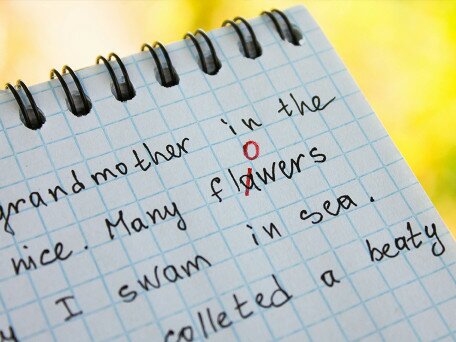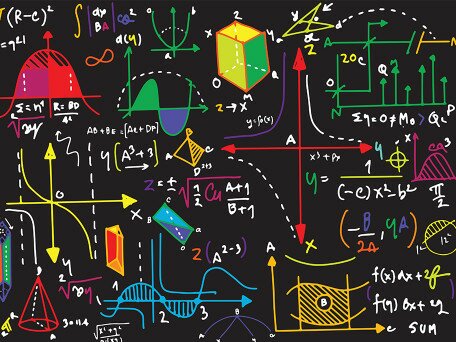Mental imagery and its role in Chinese primary school children’s reading comprehension
- Project Scheme:
- General Research Fund
- Project Year:
- 2024/25
- Project Leader:
- Dr Liu, Duo
- (Department of Special Education and Counselling)

This proposed project will help further enrich models of reading comprehension by addressing the role of MI.
Reading comprehension is an ability important to academic success across childhood. A growing body of work has documented the effects of various cognitive factors on reading comprehension. Mental imagery (MI), a skill that refers to the ability to produce and process mental representations in the absence of external stimuli, has been found to affect various aspects of learning, including reading comprehension. Nevertheless, studies that investigated the detailed mechanisms underlying the association between MI and reading comprehension were still scant. According to the computational theory of MI (Kosslyn et al., 2006), generation, maintenance, transformation, and inspection are four key MI processes. One main objective of this study, thus, is to investigate comprehensively the associations of these four MI processes with reading comprehension longitudinally. Meanwhile, given that MI involves the interplays of mind, body, and environment, the influences of cognitive, bodily, and environmental factors on MI will be tested. Moreover, to depict the relationships between MI, its influential factors, and reading comprehension, this study will examine if MI can mediate the effects of cognitive, bodily, and environmental factors on reading comprehension. The developmental trajectories of the four processes of MI will also be explored among these Chinese beginning readers since such studies are rare in this population. Chinese children in Grade 1 will be recruited because this is a critical period for learning to read, while MI may show an important effect. A total of 250 Chinese primary school children (first graders at the beginning of the project) and their parents will be recruited. They will be tested once per year across three years. We hypothesize that 1) the four processes of MI may demonstrate different importance in predicting reading comprehension for children of different ages; 2) MI may be affected by cognitive, bodily, and environmental factors; 3) MI may mediate the roles of some cognitive, bodily, and environmental factors in reading comprehension; and 4) children's performances on the four processes of MI will change over time. Structural equation modelling will be used to investigate the relationships between MI, its influential factors, and reading comprehension, and latent growth curve analysis will be adopted to examine the development of MI. Theoretically, this proposed project will help further enrich models of reading comprehension by addressing the role of MI. Practically, the findings of this project can significantly inform a wide group of stakeholders, e.g., teachers, parents, and policymakers, for delivering quality literacy education.








